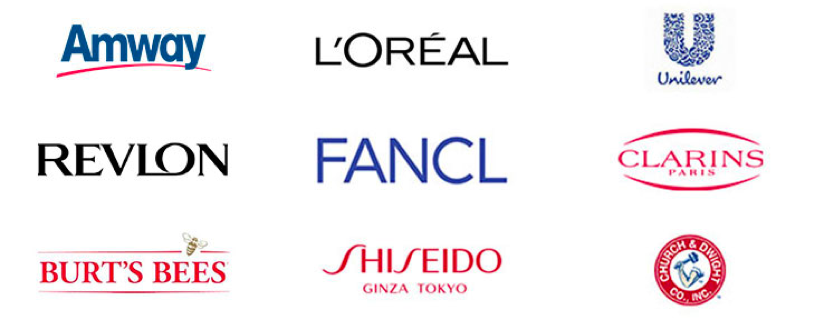What does the “category 3 material of animal products” refer to?
Category 3 material shall comprise animal by-products other than those described in Category 1 or Category 2, including:
1) Bristles;
2) Feathers;
3) Ruminants which have been tested for TSE, with a negative result;
4) Blood, placenta, wool, feathers, hair, horns, hoof cuts and raw milk originating from live animals that did not show any signs of disease communicable through that product to humans or animals;
5) Aquatic animals, and parts of such animals, except sea mammals, which did not show any signs of disease communicable to humans or animals;
6) Animal by-products from aquatic animals originating from establishments or plants manufacturing products for human consumption;
7) The following material originating from animals which did not show any signs of disease communicable through that material to humans or animals: (i) Shells from shellfish with soft tissue or flesh; (ii) The following originating from terrestrial animals: hatchery by-products, eggs, egg by-products, including egg shells;
8) Aquatic and terrestrial invertebrates other than species pathogenic to humans or animals.



